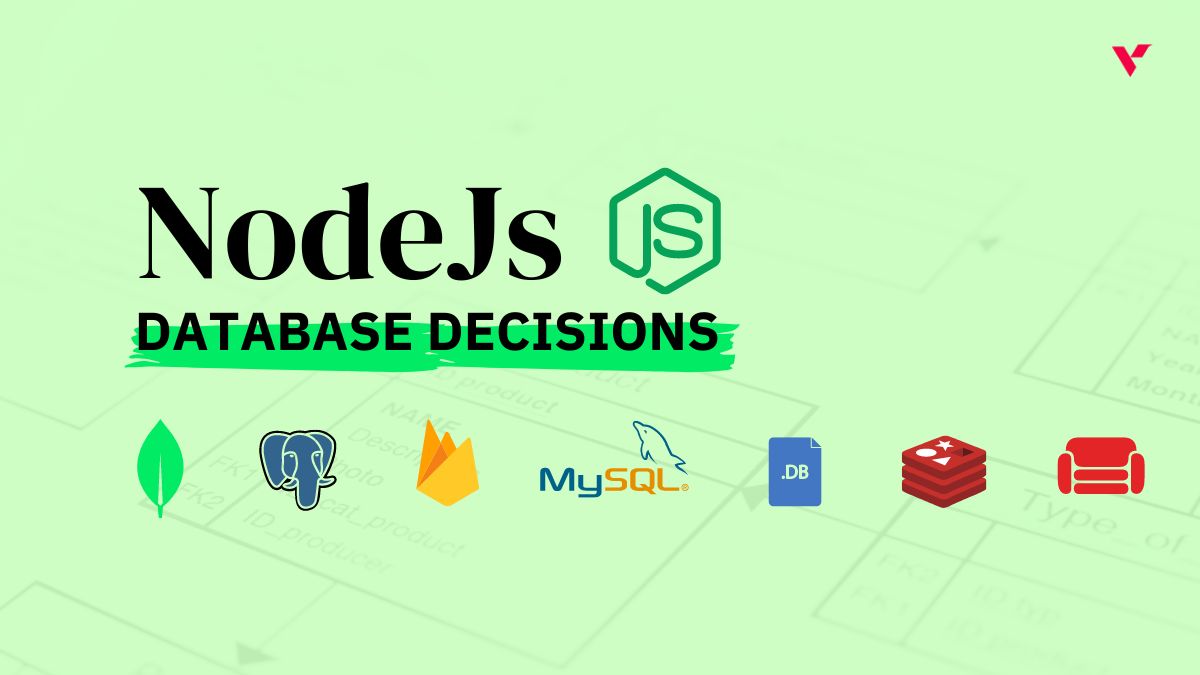Popular Tools by VOCSO
Businesses and organisations write blog posts with the sole intent of capturing higher rankings on Google. However, it takes a lot of time and hard work to write SEO-optimised content. Therefore, it seems like a massive letdown when the results aren’t in your favor.
Search engine optimization is an excellent tool available to you. It helps bridge the gap between blog posts and the target audience. A content piece that follows the below points has a higher probability of ranking well in terms of SEO:
- Easy to read and understand
- Relevant to the user’s search intent
- Incorporates SEO tactics
- Keeps users engaged
Therefore, you must consider the end user’s requirements while strategising and writing blog posts. A piece that brings in higher traffic on the website will lead to higher conversion, so this aspect is crucial.
SEO is an important aspect of marketing for any business. When you are crafting a blog post, it is important to remember that Google SEO best practices can be applied to the article itself in order to help your blog rank higher on search engines like Google.
Table of Contents
Effective SEO writing: What does it entail?
SEO isn’t something you sprinkle on as garnishing over the finished piece. Instead, it is an internal baking ingredient that could give the cake the necessary fluff, aka high rankings on the search engine.
Suppose your content doesn’t have optimised heading tags, well-researched keywords in balanced quantity, and top-quality content that matches your audience’s search intent. Can you expect it to be at the top of the search results page for users to relish? Even if one of the traits mentioned above goes missing, the results may get affected.
Therefore, when you choose top rankings as your ultimate goal for the blog post, it’s essential to have some tips and tricks up your sleeves. While some come from your own experience, you can also rely on experts for their ways to reach this goal.
If you’re looking to get your website and blog noticed by Google, this article has some helpful tips for you. If you want to know how to write content that ranks well in Google SERPs, there are a few things you can do to make sure it happens.
First, make sure your content is high-quality and informative. Google loves content that is useful to their users, so the better your content is, the better chance it has of ranking well.
Second, use keywords throughout your content. Be sure to use them in the title, in the body, and in the alt tags of images. This will help Google understand what your content is about and match it up with searches. Finally, promote your content. The more people that see and share your content, the more likely it is to rank well in Google SERPs.
If you want to rank well in Google SERPs, you need to write SEO-friendly content.
Tips on incorporating SEO in blog writing
Here are some practical, logical, and insightful tips and tricks yielding excellent results in SEO blog writing:
1. Topic relevance
“Know what your target audience wants” is the best advice to get when writing blog posts to rank. Bridging the gap between what is available, what your user needs, and what you can provide will bring high traffic to your site.
Interesting topics with catchy headings should be picked for new and existing readers. You can find them through thorough and in-depth research of the industry and the market. Look into thematic forums, Q&A platforms, social media, etc., to connect with your audience and assess their unsatisfied queries.
The content that people love contains complete answers to their doubts, problems, and questions. You can incorporate their issues, use real-life experiences, and explain how your services overcome the problems efficiently and effectively.
Don’t just focus on existing users’ needs. Expand your horizon to include potential customers and convince them with your content. Explain the topic in such a way that enables you to retain your regular readers and helps add new ones.
2. Keywords research
The next thing to keep in mind is to use high-ranking keywords. Search engines like Google focus on keywords to show your blog on the user’s search results page. If you’re wondering what keywords are, they are the words your target audience searches to get answers to their queries.
For instance, if I want to know the nutritional value of a chocolate waffle, I will type “chocolate waffle nutrition” on Google. The search engine will offer me several results, with various websites offering the same or more detailed information about the topic.
Thus, if several users like me use the same keyword, the analytical tools will show it on the top of search volume keywords. SEO writers and marketers must spend time analysing their target audience’s most searched words (whether long-tail or short). Incorporating the words with the highest volume and lowest competition in the blog posts can help rank your content better in SERP (Search Engine Results Page).
There are a number of great keyword research tools available to help you find the right keywords to target for your content.
3. Headings to skim
In times where short-form content is famous in every aspect, reading long blog posts can seem torturous. However, in Google SEO blog posting, the opposite is actually true. Google loves to crawl your post and understand what content you are providing your audience.
Thus, when writing your long-form content blog post, try breaking it into as many sections as possible. Using header tags is the best thing you can do for your post.
However, do not put headings just for the sake of it. Try to make them catchy, attractive, and clear enough for the underneath content. So even if a reader doesn’t read the complete blog, they would know what it represents.
Optimise your blog for SEO by including high-intent keywords in your headings too. Using the right keywords will put your blog in better rankings in the SERP.
4. Improve the page speed
Having high-quality content will not guarantee better SEO rankings. A lot of other factors are in the picture that ultimately focuses on bettering the user experience. Therefore, while writing your content, you make some additions that impact your page’s ranking.
These elements include various types of media like images, videos, etc. It enhances the visual appeal of the page, allows you to impart information through a unique method, and keep the audience engaged for a long.
While media works wonder in blog posts for SEO, it impacts the loading speed of the page. Using high-quality images can often decrease page speed, causing the media and content to take time to load.
In the current busy world, users do not wait for more than 3 seconds for the complete page to load. Therefore, you need to include strategies like compressing your images and optimising the media for SEO. Several tools and techniques are available online to assist you in boosting your page speed.
5. Resist stuffing keywords in your blog
Since keywords are so crucial for SEO and higher search rankings, it is easy to stuff them in every place and use it as much as possible. If you’re doing this, stop right now. This is one of the biggest mistakes you can make that can push your blog post out of the top 10 Google search pages and into the spam content.
Along with overusing the keywords, you might put the words where they don’t go with the sentence flow. For instance, the keyword is “best training institute in Chandigarh.” When you’re writing general content for a nationwide target audience, putting this keyword anywhere out of context will not bear any meaning.
So, while discussing the pros of taking a particular course, you add: “the best training institute in Chandigarh offers you, top-notch classes,” it will seem an unnatural and odd addition in contextual relation.
Keywords should always go in the natural flow of the sentence and the entire content in necessary numbers. In the above example, you can create a separate heading about the best training institutes in Chandigarh and mention the pros and cons of taking the course from this place.
6. Add keyword-rich meta description
Meta descriptions are brief descriptions of two to three sentences. It gives a glimpse of what the blog entails. These descriptions come straight below your blog title on the search results page.
Meta descriptions are a unique way to attract traffic to your post. You can create catchy, engaging, and call-to-action descriptions. It forms part of the first impression of the reader about your content. They can assess whether they will find what they have searched for on your website or not.
Meta descriptions with one or two keywords provide good exposure to your post. Further, it can be used to stand out from similar content posted by competitors. Many content management systems include an in-built meta description box that makes your work straightforward.
7. Add internal links where suited
Internal linking is crucial for various reasons. It refers to adding a link to an older post or page on your website. On the other hand, external linking means connecting to an associated high-authority page.
The benefits of internal linking to increased SEO rankings are as follows:
- Strengthen old and new posts
You can strengthen your older and newer posts by adding internal links to your site. It also demonstrates your vast expertise in the subject matter. The bounce rate declines with people staying on your website for an extended period to read.
- Google rankings
Of course, an essential benefit of internal linking is Google rankings. The structure of your existing and current posts can help you strengthen your position for both posts. Google can discover new pages on your website and crawl them to understand their content.
- Knowledge enhancement
A user looking for a particular subject matter can enrich his knowledge further with internal linking. They can add valuable inputs from various posts on one subject. Further, they can navigate your site and potentially convert it into leads.
While putting internal links, ensure the anchor text and the link are relevant to the current topic in hand. Internal linking tools are available for help if it gets challenging for you.
8. Transitional words usage
While it may not seem like a point for SEO blog writing, adding transition words to your blog actually helps your readers. Transition words are, however, therefore, moreover, furthermore, etc.
When you use these words, your reader can find the connection between different sentences. So, when they skim the blog, it becomes easy to understand. Some examples include:
- Signal words- first, second, third
- Clarifying texts- Similar, however, for example
- Conclusive words- In short, to summarise, conclude
Therefore, use these words wisely to give texture to your post and keep your reader engaged.
9. Update your content regularly
It’s not like you post a blog once and leave it for a lifetime to stay on Google. If you wish to keep the rankings consistent, you need to keep updating your blog with time. Several reasons that explain its benefits are as follows:
- Your website and domain become stronger with the number of pages in your Google index increasing.
- It acts as an incentive for your target audience to return to your blog.
- You get an excuse to stay in contact with your subscribers.
- Updating helps sync or bypass your competitors.
- Your writing skills improve, and your page views increase.
When it comes to SEO, “freshness” is one of the key factors that Google looks for when determining how to rank content in its search engine results pages (SERPs). This means that if you have old content on your website that isn’t ranking as well as it used to, then you need to update your content old content.
10. Link to reputable websites
External linking to high-authority and reputable websites is another excellent tool for increasing your post rankings on the search results page. It adds to users’ knowledge by offering them additional material.
Search engines can realise how well you have researched the topic. Further, adding research-based stats from high authority and influential websites strengthens your blog reach. Your readers will trust you when you add convincing stats that develop a concrete argument in your favor.
There is no magic bullet when it comes to creating backlinks that will guarantee a top spot in Google SERPs. However, there are certain backlinks creation strategies that can help you earn links from high-quality websites.
11. Write alt text for your images
Alt text explains the image to the search engine and visually impaired people. The description includes facts about the image, what it entails, why it is in the post, etc.
You must add alt text to all your images, whether they are body or featured pictures. For instance, there’s a photo of the emoji-face ice cream in your blog. You can explain the alt text about the picture “A smiling emoji ice-cream from a store.” You can also add reasons for why you have added it to your post, its relevance, and more.
12. Featured snippets on the go
Featured snippets provide direct and clear answers to the user’s search queries. It places your blog post on top of the search results and satisfies users’ queries.
Your content should aim to get into Google’s featured snippets. Therefore, make your content relevant and clarifying of users’ queries, doubts, and issues. If you wish to be included in this list, answer the question in numbers or bullets.
For a defining term, keep the length to 58 words. It should be concise but provide enough clarity for the user to click the link and know more.
Summing up
Hopefully, these excellent tips and tricks used by us frequently will also grab your attention. Search engine optimisation is an excellent tool to rank yourself well on Google. Customising your blog posts with SEO tactics incorporated in balance will help you achieve your ultimate passion.


















